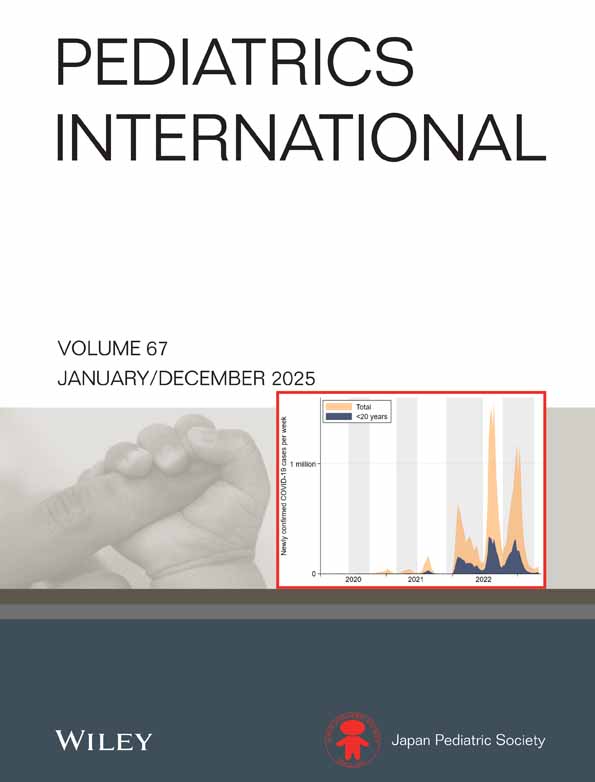Effect of maternal NG-nitro-l-arginine administration on fetal growth and hypoxia-induced changes in newborn rats
Abstract
Background : Nitric oxide (NO) inhibition with NG-nitro-l-arginine methyl ester (l-NAME) in the last trimester of pregnancy caused intrauterine growth retardation and hind-limb disruptions in rats. In the present study, the effect of maternal NO inhibition with NG-nitro-l-arginine (l-NNA) on hypoxic newborn rats was investigated.
Methods : Timed-pregnant rats were obtained on gestational day 17. Four groups of rats were used: control, hypoxic, l-NNA and l-NNA + hypoxic groups. In the last two groups, l-NNA (2 mg/kg bolus, i.p.) was administered to the mothers of pups antenatally on 3 consecutive days. Hypoxia was induced in newborn rats by breathing of a mixture of 8% oxygen and 92% nitrogen for 3 h. Pups were then allowed to inhale normal atmospheric air for 30 min. All newborn rats were decapitated on the first day of life after hypoxia and reoxygenation. Brain, heart, lung, liver, kidney and intestinal tissues were studied biochemically. Hypoxia-induced biochemical changes were determined by measuring lipid peroxidation. Histopathologic examination of lung tissue was performed.
Results : Nitric oxide synthase inhibition in pregnancy did not cause fetal growth retardation. Hypoxia increased lipid peroxidation in all tissues except the heart; this increase was decreased by maternal l-NNA administration in brain, lung, liver and kidney tissues. However, lipid peroxidation was increased by NO synthase inhibition in the intestines. In the lungs, pulmonary hemorrhage was observed in the hypoxic group. Minimal pulmonary hemorrhage was detected in the l-NNA and l-NNA + hypoxic groups.
Conclusions : These data suggest that antenatal administration of an NO synthase inhibitor acts as both a destructive and protective agent in hypoxic newborn rats.




